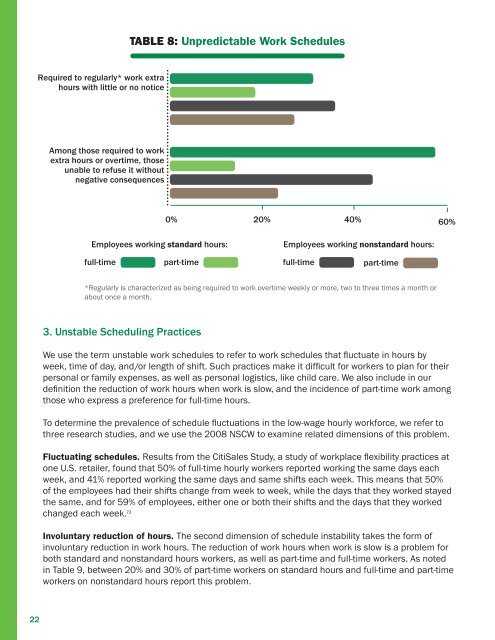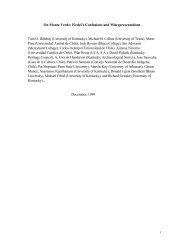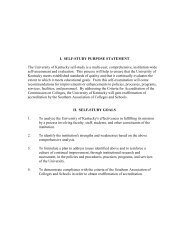Flexible Workplace Solutions for Low-Wage Hourly Workers
Flexible Workplace Solutions for Low-Wage Hourly Workers
Flexible Workplace Solutions for Low-Wage Hourly Workers
You also want an ePaper? Increase the reach of your titles
YUMPU automatically turns print PDFs into web optimized ePapers that Google loves.
TABLE 8: Unpredictable Work Schedules<br />
Required to regularly* work extra<br />
hours with little or no notice<br />
Among those required to work<br />
extra hours or overtime, those<br />
unable to refuse it without<br />
negative consequences<br />
0%<br />
20%<br />
40%<br />
60%<br />
Employees working standard hours:<br />
Employees working nonstandard hours:<br />
full-time<br />
part-time<br />
full-time<br />
part-time<br />
*Regularly is characterized as being required to work overtime weekly or more, two to three times a month or<br />
about once a month.<br />
3. Unstable Scheduling Practices<br />
We use the term unstable work schedules to refer to work schedules that fl uctuate in hours by<br />
week, time of day, and/or length of shift. Such practices make it diffi cult <strong>for</strong> workers to plan <strong>for</strong> their<br />
personal or family expenses, as well as personal logistics, like child care. We also include in our<br />
defi nition the reduction of work hours when work is slow, and the incidence of part-time work among<br />
those who express a preference <strong>for</strong> full-time hours.<br />
To determine the prevalence of schedule fl uctuations in the low-wage hourly work<strong>for</strong>ce, we refer to<br />
three research studies, and we use the 2008 NSCW to examine related dimensions of this problem.<br />
Fluctuating schedules. Results from the CitiSales Study, a study of workplace fl exibility practices at<br />
one U.S. retailer, found that 50% of full-time hourly workers reported working the same days each<br />
week, and 41% reported working the same days and same shifts each week. This means that 50%<br />
of the employees had their shifts change from week to week, while the days that they worked stayed<br />
the same, and <strong>for</strong> 59% of employees, either one or both their shifts and the days that they worked<br />
changed each week. 73<br />
Involuntary reduction of hours. The second dimension of schedule instability takes the <strong>for</strong>m of<br />
involuntary reduction in work hours. The reduction of work hours when work is slow is a problem <strong>for</strong><br />
both standard and nonstandard hours workers, as well as part-time and full-time workers. As noted<br />
in Table 9, between 20% and 30% of part-time workers on standard hours and full-time and part-time<br />
workers on nonstandard hours report this problem.<br />
22

















